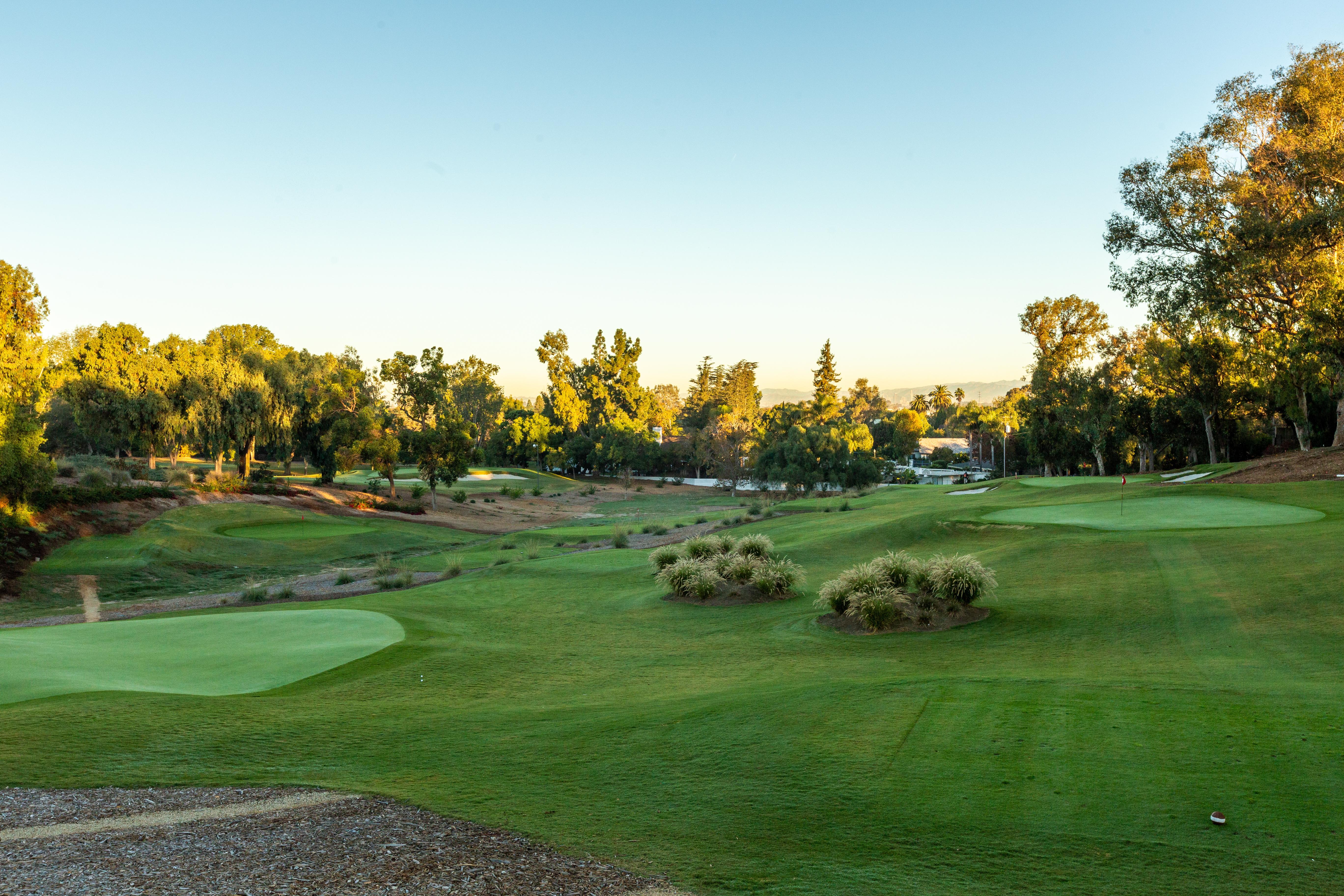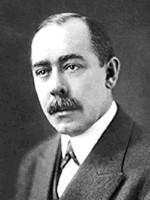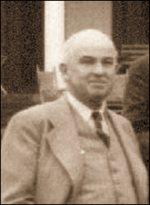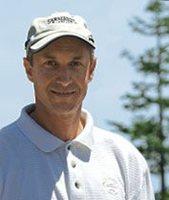History
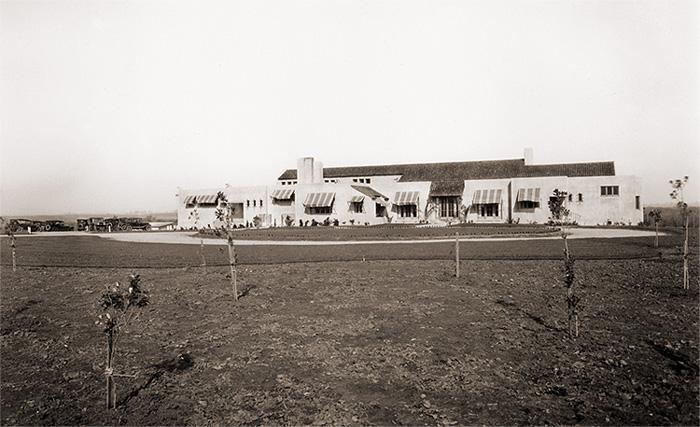
|
| The Original Clubhouse at Virginia Country Club Circa 1921 |
|
The Virginia Country Club is a historical and wonderful member's course. A.W. Tillinghast and William P. Bell were primarily responsible for conceiving the current layout during the "Golden Age of Design" in America. By today's standard, it is not a long golf course. However, it is a great-shot-maker's track with small greens and interesting terrain that creates nice variety throughout and gives the player the thrill of natural contours playing up, down and across the various elevation changes. The Virginia Country Club is a historical and wonderful member's course. A.W. Tillinghast and William P. Bell were primarily responsible for conceiving the current layout during the "Golden Age of Design" in America. By today's standard, it is not a long golf course. However, it is a great-shot-maker's track with small greens and interesting terrain that creates nice variety throughout and gives the player the thrill of natural contours playing up, down and across the various elevation changes. |
|
|
| The 18th Green at Virginia Country Club as it appeared in the 1920's. |
| In 1909, the business partners of the Virginia Hotel embarked on a magnificent golf course project. In 1910, a 10-year lease was signed with the Alamitos Land Co. for almost 120 acres near a eucalyptus grove about seven miles east of the downtown business district. According to the 1949 issue of "The Golfer" magazine: "The course itself was built in the center of a sheep-grazing pasture, with the clubhouse -- a modest structure costing $3,500 -- atop Reservoir Hill. It was a 116-acre site on the west sector of the Bixby Rancho. It was a nine-hole pasture-fairway course -- the sheep kept it mowed. It had sand greens and the major greenskeeping expense was in the crude oil they used to keep the putting surfaces good." |
|
|
| The "Splash" Hole at Virginia Country Club's Original Location |
|
The "Splash Hole" became the signature hole at the Virginia Country Club's original location. The short par-4 16th hole pictured to the left, featured a tee perched on a pier that extended onto a lake. It tormented golfers with a forced carry over water and an uphill approach to the green. The Club's first layout opened on April 30, 1910 with nine holes. The Club members designed the first course themselves, "complete with sand greens and a few hazards to go along with those nature created." Recognizing the need to hire a professional architect to route the tree-studded rough countryside, they hired a renowned Scottish architect Willie Watson. As the 10-year lease with the Alamitos Land Company was nearing its end, a special search committee was formed to find a new home for the club and course. They contemplated buying the Rancho Los Alamitos site, but in 1920 they decided to move Virginia Country Club to a new 135 -acre tract in Rancho Los Cerritos, next to the Old Adobe ranch house that still stands today as a historic landmark. Although Club records are not absolutely clear, the new, current-day location of Virginia Country Club was designed by Willie Watson and opened on August 31, 1921. Some ten years later, William P. Bell and A.W. Tillinghast had a hand in a redesign of the course , and Robert Muir Graves and Edmund B. Dearie would lead renovations over the next few decades |
|
||||||
|
When it came time for the Club to restore the luster to its classic, vintage design, the search led to John Harbottle III who oversaw the most recent major golf course renovation that took place in 2001-2002. "Virginia was a great member's Club that had gone through several changes over the years," said John Harbottle, who was contacted by the club membership in 1996 to help create a master plan that would upgrade the entire facility. "Our job was to make sure the work created continuity." Several renovations throughout the Club's history created an "eclectic" course with characteristics of various decades of golf course design. "The continuity of the classic old design was missing," said Harbottle. Harbottle oversaw a repositioning of many bunkers on Virginia's course to accommodate the increased distance that modern golfers achieve both off the tee and into the green. In addition he was also able to restore the distinctive aesthetic style of Bell's original design, including the greens surrounds that had changed over time. His work helped Virginia Country Club return to the continuity of the old VCC and "play like the classic old gem it is." One would ponder what the three classic golf course designers whose work Harbottle helped to restore would think of the course today. But what few could challenge is that he restored Virginia Country Club into a layout that is loved, admired and respected by players from all around the world. |
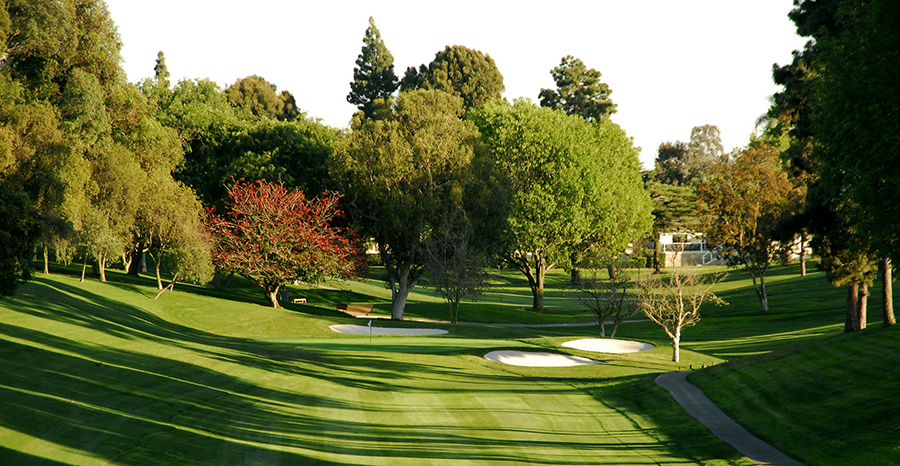
|
|
"What is most special about the course is that every hole is different. When you finish playing, you can remember every single hole and that is unusual. And, even with the work that's been done with it, it's still the same, beautiful golf course it's always been." ~JGC, VCC Member since 1949 |
|
John Harbottle's untimely death in 2012 left a lasting void for the members of Virginia Country Club. His legacy and contributions will be remembered through his impressionable work for the Club. He has become and will always be an integral part of VCC history. In 2015, Virginia Country Club embarked on a new turf grass enhancement project. Golf course architect Todd Eckenrode of Origins Golf Design took the helm where John Harbottle left off while leading the club into the 21st century of golf course agronomy. After more than 100 years, Virginia Country Club has been through many changes. However, one thing remains the same. At its core, Virginia Country Club is one of the premier golf experiences you will find anywhere in the country. |


